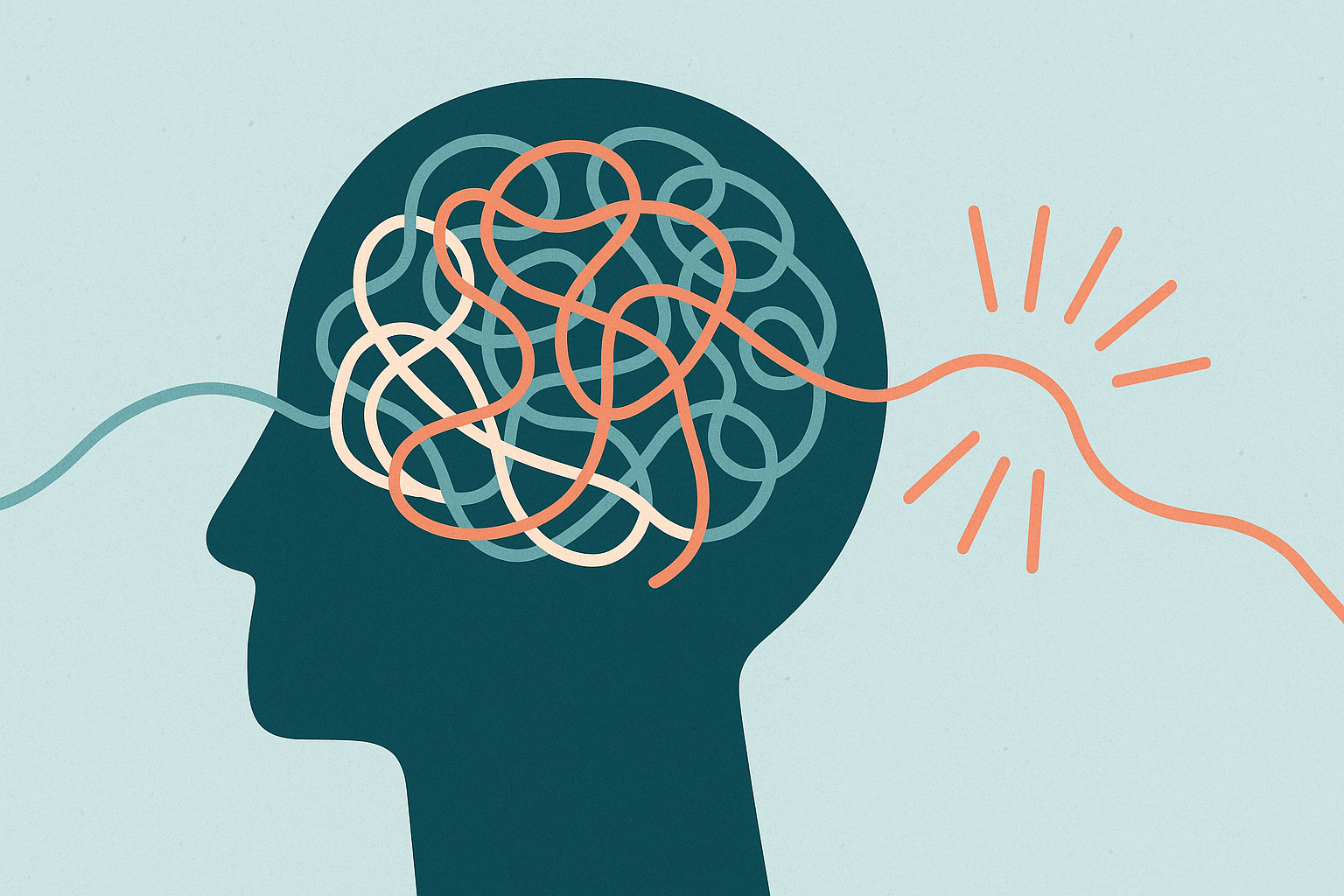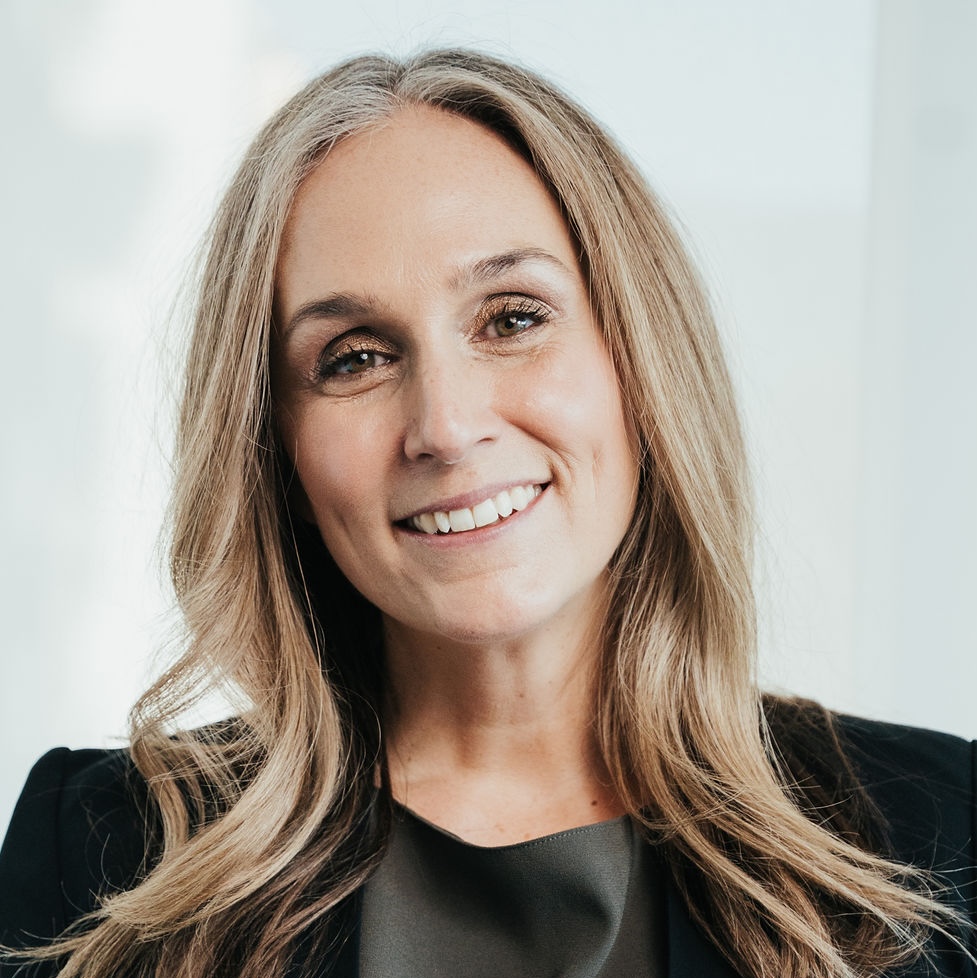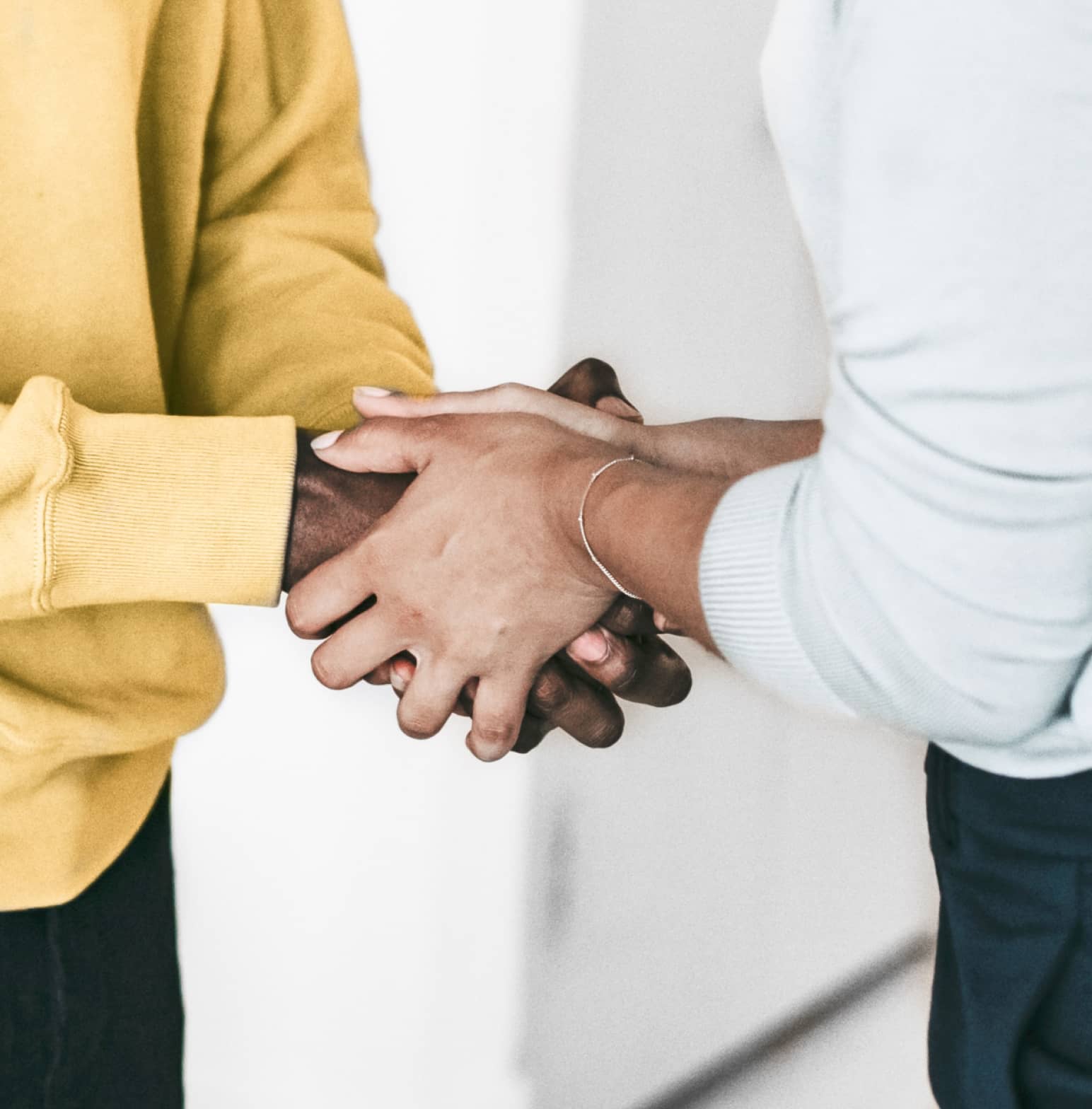The Science Behind Secure Attachment: Why Your Relationships Matter
Discover how attachment theory can transform your relationships and why understanding these patterns is essential for deeper connections.

Understanding the Foundation of Connection
From the moment we are born, our relationships shape our development. Throughout our lifespan, they continue to be an enduring component defining our quality of life. Yet, despite the central role relationships play in our wellbeing, most of us have never been taught how to nurture them effectively.
At BetterLove, we believe that understanding attachment theory—the science of emotional bonds—is the first step toward transforming your relationships.
What is Attachment Theory?
Attachment theory, pioneered by psychologist John Bowlby and expanded by Mary Ainsworth, helps us understand how our earliest relationships create patterns that follow us throughout life.
Our first indication of safety is felt through the acts of being seen, experiencing curiosity about our inner experience, receiving deep understanding and acknowledgement, and having our identified needs met. These early experiences create a template for how we approach relationships later in life.
Think of attachment as your emotional operating system—it runs in the background, influencing how you:
- Respond to stress
- Communicate your needs
- Handle conflict
- Experience intimacy
- Trust others
Why Does Your Attachment Style Matter?
The child's interpretation of the responding style of the parent shapes our core beliefs, our ability to regulate our nervous systems, and our relational patterns moving forward in life. These patterns don't just affect romantic relationships—they influence your connections with:
- Family members
- Friends
- Colleagues
- Community members
- Even yourself
When you understand your attachment patterns, you gain the power to make conscious choices rather than unconsciously repeating old patterns. This awareness is the first doorway to creating more fulfilling connections.
The Science of Secure Attachment
Research in neuroscience has revealed that secure attachment relationships actually change our brain chemistry. When we feel safely connected, our bodies release oxytocin—sometimes called the "love hormone"—which:
- Reduces stress
- Increases feelings of trust and bonding
- Improves emotional regulation
- Enhances our sense of wellbeing
Secure attachment provides us with the wellbeing, security, and comfort to learn, explore, and grow. It gives us a sense of intrinsic worthiness and a positive connection to ourselves.
Signs You May Struggle with Secure Attachment
Many people aren't aware that they're operating from an insecure attachment pattern. Here are some signs that your attachment system might benefit from attention:
- You often feel anxious about whether people truly care about you
- You find it difficult to trust others or rely on them
- You tend to keep people at a distance, even when you want closeness
- Your relationships often feel like emotional rollercoasters
- You struggle to communicate your needs clearly
- You find yourself repeating the same relationship patterns
The Path Forward: From Insecure to Secure
The good news is that attachment patterns can change. Our brains remain flexible throughout life—a concept called neuroplasticity—allowing us to develop new ways of relating when given the right tools and support.
The need for safe harbour persists through the lifetime as a primal driving need. It is through relationship we develop, correct, and repair belief systems for a more optimized sense of worth and healthier adaptive patterns.
At BetterLove, we've developed a comprehensive approach to help you understand your attachment patterns and develop the skills needed for secure connection. Our science-backed curriculum takes you through a journey from:
- Insecure to Secure Attachment
- Dysregulation to Regulation
- Behavior to Belonging
- Conflict to Collaboration
- Barriers to Boundaries
Taking the First Step
Understanding attachment theory is just the beginning. True transformation happens when we move from awareness to practice—when we develop new skills and apply them consistently in our relationships.
BetterLove is more than just education; it's a movement to make people aware of a simple, actionable sequence that illuminates the neuro-pathway to love. Through our program, you'll create your own dynamic personal practice of love that will transfer to all of the people around you.
Every relationship in your life can benefit:
- Parents
- Couples
- Colleagues
- Friendships
- Adult children
- Students
- Clients
- Neighbors
- Community
Ready to transform your understanding of relationships and develop the skills for deeper, more fulfilling connections? Learn more about our approach or explore our course to begin your journey to better love.
Love Better. Live Better. BetterLove.




